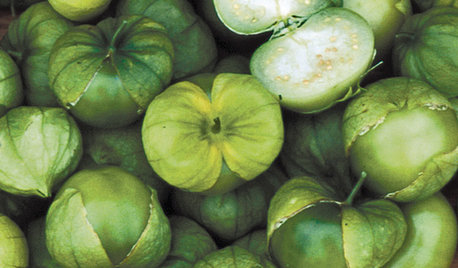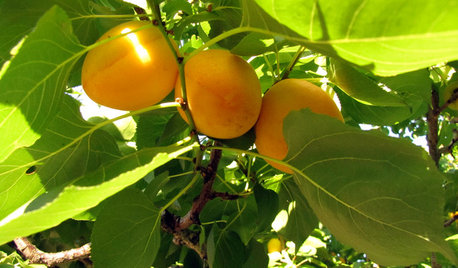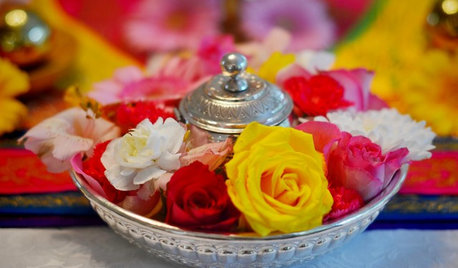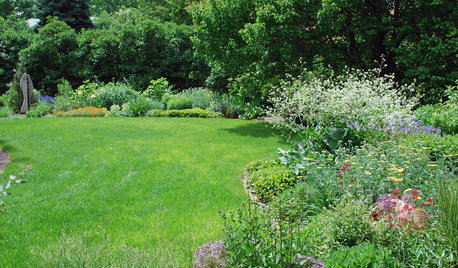What triggers a tomato plant to set blossoms?
anney
15 years ago
Related Stories

EDIBLE GARDENSSummer Crops: How to Grow Tomatoes
Plant tomato seedlings in spring for one of the best tastes of summer, fresh from your backyard
Full Story
HOUSEPLANTS8 Essentials for Healthy Indoor Plants
Houseplants add so much to our homes — and can thrive when grown in the right conditions. Keep these tips in mind
Full Story
SUMMER FRUITS AND VEGETABLESSummer Crops: How to Grow Tomatillos
Grow this Mexican native for the freshest salsa verde — and for fewer problems than its tomato cousins
Full Story0

FARM YOUR YARDHouzz Call: Home Farmers, Show Us Your Edible Gardens
We want to see where your tomatoes, summer squashes and beautiful berries are growing this summer
Full Story
EDIBLE GARDENSHow to Grow Your Own Apricots
Velvety fruit, pretty blossoms and interesting bark make apricot trees a delight — and they’re great for smaller gardens
Full Story
FEEL-GOOD HOMERejuvenate Your Home With Deep-Rooted Traditions
Give the subtle energies and spiritual side of your home some attention, and watch newfound calm and beauty blossom
Full Story
EDIBLE GARDENSSummer Crops: How to Grow Squash
Almost foolproof and with cheerful flowers, squash comes in a wide range of varieties to plant in spring
Full Story
GARDENING GUIDESRocky Mountain Gardener: What to Do in June
Join the edible-garden club, deadhead spring-blooming plants around the landscape and make sure to fit in an inspiring garden tour
Full Story
FARM YOUR YARD9 Ways to Change Up Your Vegetable Garden for the Coming Season
Try something new for edible plantings that are more productive than ever
Full Story
GARDENING GUIDESHouzz Call: What’s Your Favorite Backyard Beauty?
The simple, honest daisy is this writer’s go-to garden flower. We want to hear which plant, flowering or otherwise, gives you special joy
Full Story





linchat
ddsack
Related Professionals
Severn Landscape Architects & Landscape Designers · Aurora Landscape Contractors · Addison Landscape Contractors · Downey Landscape Contractors · Eagle Landscape Contractors · Rio Linda Landscape Contractors · Palos Hills Landscape Contractors · Noblesville General Contractors · Post Falls General Contractors · The Hammocks General Contractors · Wheaton General Contractors · Baker Decks, Patios & Outdoor Enclosures · Dracut Decks, Patios & Outdoor Enclosures · Pittsburgh Decks, Patios & Outdoor Enclosures · Richmond Decks, Patios & Outdoor Enclosurescatman529
carolyn137
mulio
anneyOriginal Author
mulio
tn_veggie_gardner
johnny_tomato_seed
tn_veggie_gardner